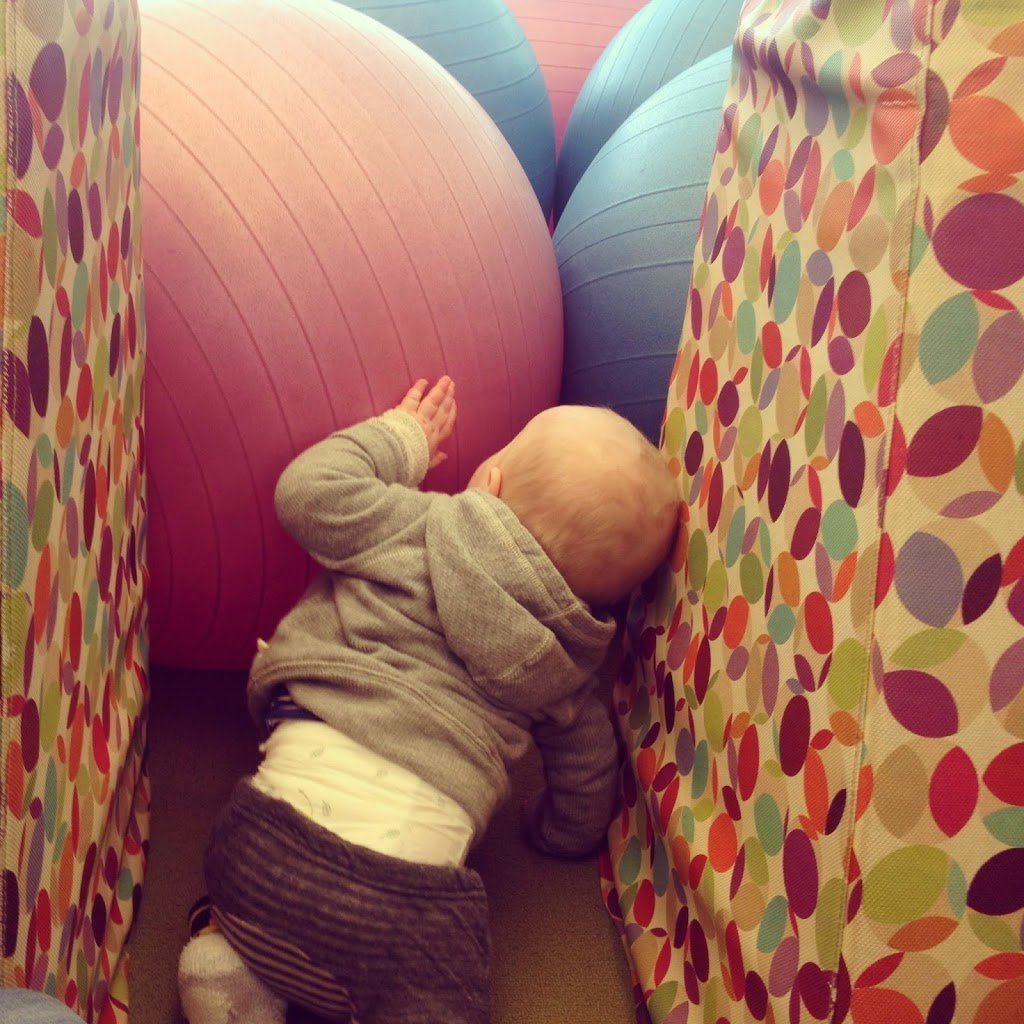
Have you read Hanna Rosin’s Atlantic Magazine article The Overprotected Kid? Her story about growing up really opened my eyes…
Rosin’s story
“I grew up on a block of nearly identical six-story apartment buildings in Queens, New York. In my elementary-school years, my friends and I spent a lot of afternoons playing cops and robbers in two interconnected apartment garages, after we discovered a door between them that we could pry open. Once, when I was about 9, my friend Kim and I “locked” a bunch of younger kids in an imaginary jail behind a low gate. Then Kim and I got hungry and walked over to Alba’s pizzeria a few blocks away and forgot all about them. When we got back an hour later, they were still standing in the same spot. They never hopped over the gate, even though they easily could have; their parents never came looking for them, and no one expected them to. A couple of them were pretty upset, but back then, the code between kids ruled. We’d told them they were in jail, so they stayed in jail until we let them out.”
My childhood summers
Rosin’s story gave me flashbacks: Growing up, we spent a month every summer at our grandparents’ house in Cornwall, England, where we spent our days running wild. My cousins ranged from just 4 to 10 years old, but our parents would have no idea where we were for hours and hours—and wouldn’t care. We would swim next to jellyfish in the freezing ocean, we’d jump over jagged rocks with nothing below us but the crashing ocean waves, we’d teeter at the top of cliffs, we’d race around on boats with the local boys. Looking back, my cousins and I now sometimes joke, half-seriously, that we can’t believe none of us died.
But, in the end, we all remember it as the best, happiest place of our lives. (In fact, I immediately pictured it when I was in labor with Toby, and the nurse told me to envision my “happy place.”)
Kids need danger
“Children have a sensory need to taste danger and excitement,” Ellen Sandseter, a professor of early-childhood education in Norway, told Rosin. “This doesn’t mean that what they do has to actually be dangerous, only that they feel they are taking a great risk. That scares them, but then they overcome the fear.”
Risky play takes six basic forms:
1. Exploring heights.
2. Handling dangerous tools—using sharp scissors or knives, or heavy hammers that at first seem unmanageable but that kids learn to master.
3. Being near dangerous elements—playing near vast bodies of water, or near a fire, so kids are aware that there is danger nearby.
4. Rough-and-tumble play—wrestling, play-fighting—so kids learn to negotiate aggression and cooperation.
5. Speed—cycling or skiing at a pace that feels too fast.
6. Exploring on one’s own.
The last one is the most important, Sandseter told Rosin: “When [children] are left alone and can take full responsibility for their actions, and the consequences of their decisions, it’s a thrilling experience.”
But these days many parents don’t often allow their kids to run off and play: “It’s hard to absorb how much childhood norms have shifted in just one generation,” writes Rosin. “Actions that would have been considered paranoid in the ’70s—walking third-graders to school, forbidding your kid to play ball in the street, going down the slide with your child in your lap—are now routine. In fact, they are the markers of good, responsible parenting.”
In fact, writes Rosin, “when my daughter was about 10, my husband suddenly realized that in her whole life, she had probably not spent more than 10 minutes unsupervised by an adult. Not 10 minutes in 10 years.”
My little dudes
Now a mother myself, I’ve been trying to apply these lessons—both from Rosin’s article; and from my parents, aunts and uncles—to my own parenting. Toby is three and Anton is eight months, so they’re still too little for swimming alone in oceans or jumping over jagged rocks. But! I still try to give them space to explore, take risks and create imaginary worlds without interrupting them.
For now, I try to do this in small ways: If Toby’s climbing up a ladder at the playground, I’ll resist giving his bottom that last little boost. If Anton is trying desperately to pull up onto the coffeetable, I’ll resist putting out a hand to help him. If Toby wanders off at the playground, I’ll let him play out of sight for a while. Sometimes Anton will be playing with Toby and older kids, and they’ll be running past him and stepping over him and bopping him on the head with pillows, but if he doesn’t cry out, I’ll leave him. He seems to love that rough-and-tumble play. Even if my heart is in my throat, as long as I know they’re not in true danger, I’ll resist stepping in. (In fact, I resist even saying “Be careful,” because I think it can interrupt their train of thought when exploring or pushing themselves—I just move a little bit closer if they seem a bit more at risk for falling/etc!) I’m curious what will happen as they get older. New York City is a tricky place to let kids roam too freely, but maybe it’s worth trying?
What do you think? Do you let your kids take risks and have unsupervised time? Did you have lots of freedom when you were growing up? Did you do spend lots of time away from your parents? Or do anything dangerous that seems crazy—or magical—in hindsight? I’d LOVE to hear your thoughts—I can’t stop thinking about this article!
My twin sister and me hanging out in Cornwall when we were 8 or so…
And my cousins from a recent trip.
(Top photo of eight-month-old Anton heading boldly into the ball pit at the Children’s Museum of Art:)
 PREVIOUS ARTICLE
PREVIOUS ARTICLE

